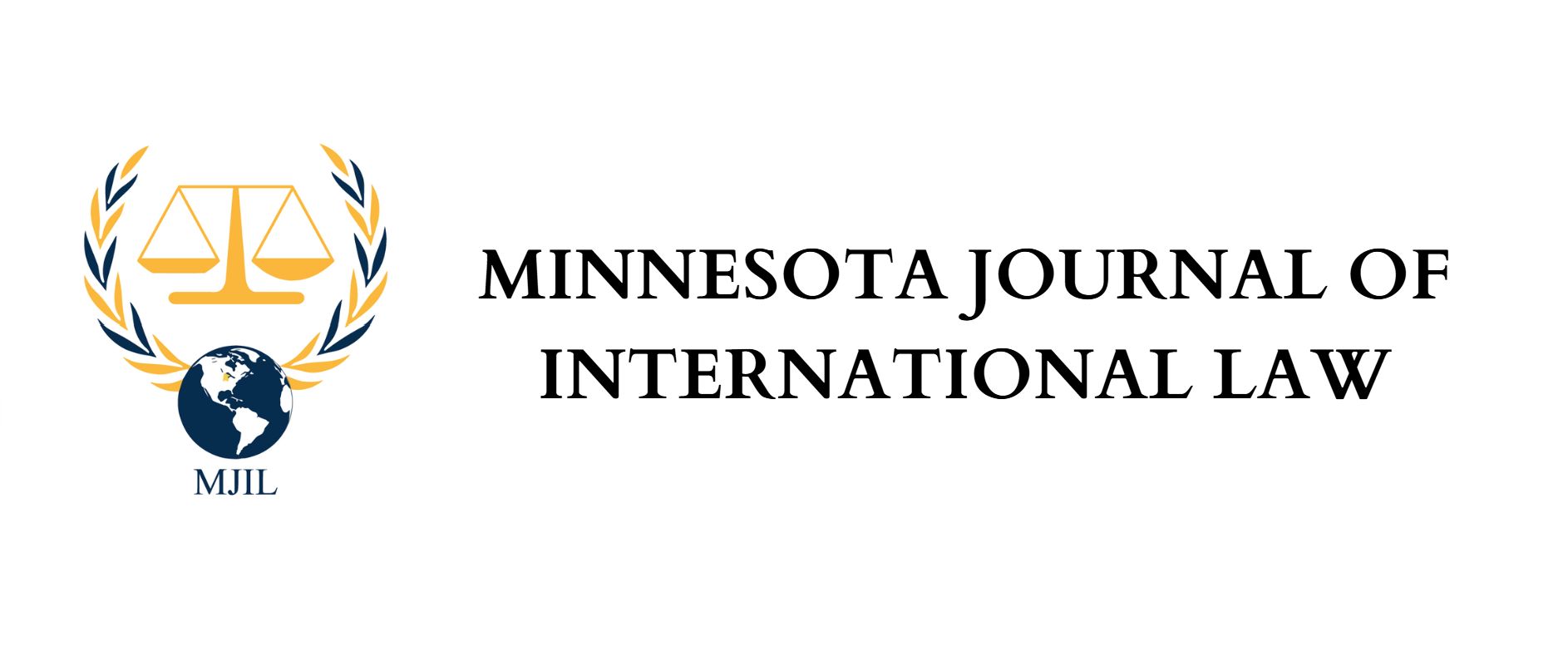By Amanda Tesarek
On November 9, 2019, a group of lawyers huddled outside the Indian Supreme Court began to cheer, “Jai Shri Ram”[1] ; after a long legal battle, a unanimous verdict now declared a perennially-disputed 2.77-acre parcel of land in Ayodhya as the birthplace of the Hindu god Rama and ordered that a Hindu temple be built at that location, essentially dismissing a competing Islamic claim to the land.[2] This verdict – a culmination of a contentious religious land dispute involving history dating back to the 11th century – is another signal of a deepening divide between Hindus and Muslims caused by a recent majoritarian shift in Indian politics.
The city of Ayodha has been a crucible for Hindu-Muslim tensions for years due to competing land claims by both religious groups.[3] Muslims have a longstanding claim to the site due to the existence of the Babri Masjid, a mosque built during the Mughal dynasty in the 16th century. [4] Conversely, Hindus claim that a temple commemorating the birthplace of the god Rama had been destroyed in order to build the Babri Masjid.[5] The site was used as a mosque from 1528 until 1947, at which point the Indian government declared the location off-limits for both Hindus and Muslims. [6] Two years later, Hindus broke into the mosque and placed an idol of Rama inside, spurring a rumor that Lord Rama himself had appeared and claimed the Ayodhya site as his birthplace. [7] The issue did not spill over until 1992 though, when the mosque was attacked and demolished during a political rally organized by two Hindu nationalist political parties. [8] This event led to religious clashes that ended with the deaths of almost 2,000 people. [9]
During these decades, Hindus and Muslims intensely litigated their claims to the space.[10] The November 9th decision might mark the end of this legal saga. But although Muslim litigants have stated they will not appeal the Court’s decision, the decision reflects deepening social and religious divides within India. [11] Numerous critics have pointed out issues with the verdict that suggest it has a majoritarian character. [12] Some have argued that the verdict, which is premised upon the introduction of idols in the mosque and its demolition (both illegal acts), essentially amounts to rewarding criminality. [13] This interpretation is especially concerning, as vigilantes have recently killed Muslims for “crimes” as small as transporting cattle.[14] If criminality against minority groups is excused by virtue of the criminal act being done as part of an individual’s belief, religious minorities in India face an uncertain future. The verdict in the Ayodhya dispute to many represents a further realization of a Hindu nationalist vision of India, one that exists through the subordination of others. [15] If India does not find a way to reconcile the rise of majoritarian politics with the need to accommodate other religious minorities, the subcontinent will likely experience more violence and turmoil in the future.
[1] Watch: Supreme Court lawyers chant ‘Jai Shri Ram’ after Ayodhya verdict, Scroll.in (Nov. 9, 2019) (“Hail Lord Ram”) https://scroll.in/video/943174/watch-following-ayodhya-verdict-lawyers-at-the-supreme-court-chant-jai-shri-ram.
[2] M Siddiq v. Mahant Suresh Das, 2019 SCC 1440 (India).
[3] Peter van der Veer, Religious Nationalism: Hindus and Muslims in India 3 (1994).
[4] Id.
[5] Ratna Kapur, The “Ayodhya” Case: Hindu Majoritarianism and the Right to Religious Liberty, 29(1) Md. J. Int’l. L. 305, 331 (2014).
[6] Van der Veer, supra note 3, at 6.
[7] Id.
[8] Id.
[9] Ayodhya dispute: The complex legal history of India’s holy site, BBC (Nov. 9, 2019) https://www.bbc.com/news/world-asia-india-50065277 [hereinafter BBC].
[10] See Generally Kapur, supra note 5, for legal challenges regarding the disputed Ayodhya land parcel.
[11] BBC, supra note 9.
[12] Prasanna Mohanty, Ayodhya verdict: SC judgment raises more questions than it answers, Business today (Nov. 17, 2019) (stating that a higher burden to prove possession was put on the Muslim litigants, that the court overlooked the fact illegal actions taken by Hindus should not vest them with any legal equitable rights, and that the court decided the case using the majority’s beliefs instead of “hard evidence”) https://www.businesstoday.in/current/economy-politics/ayodhya-verdict-sc-supreme-court-judgement-raises-more-questions-than-answers-babri-masjid-ram-janmabhoomi-title-dispute/story/390508.html.
[13] Hartosh Singh Bal, The Transformation of India is Nearly Complete, The New York Times (Nov. 11, 2019) https://www.nytimes.com/2019/11/11/opinion/india-ayodhya-temple-ruling.html.
[14] See BBC, supra note 9 (stating that violence towards cattle transporters is likely due to the fact that the majority of Hindus consider cows sacred animals).
[15] Bal, supra note 13.
